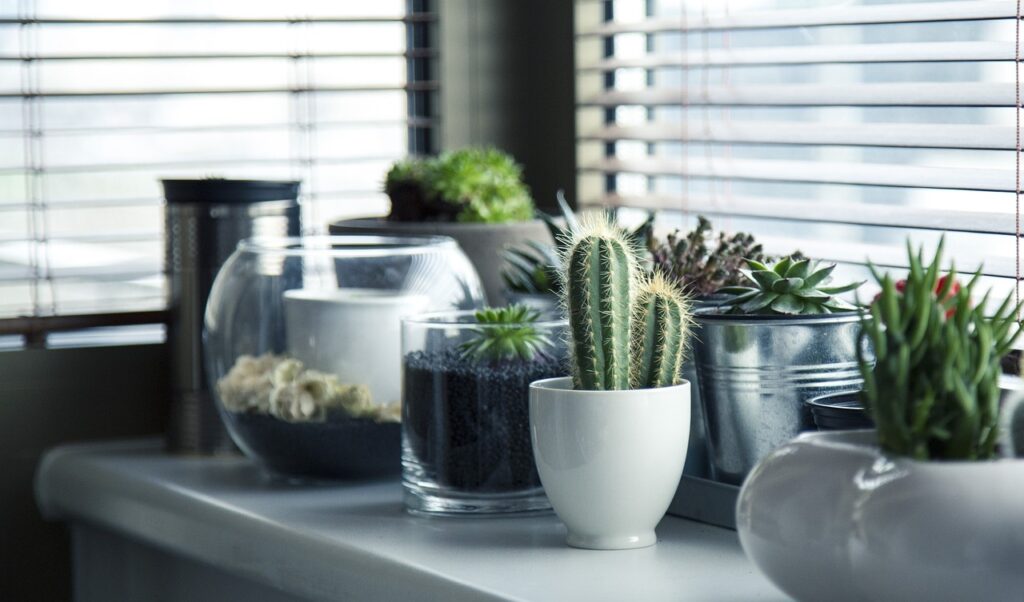The idea of living in nonconventional houses has gained significant popularity over the years. One structure that has captured the imagination of property owners is the metal barn.
With their sturdy frames, spacious interiors, and versatility, metal barns are no longer just for agricultural storage or livestock shelter. They are being transformed into stylish living spaces that offer a unique alternative to conventional housing. If you have ever wondered if you can live in a metal barn, the answer is a resounding yes.
With that said, making a metal barn suitable for living requires thoughtful planning, a clear understanding of your needs, and careful execution.
The Basics of a Metal Barn Home
A metal barn home, sometimes referred to as a barndominium, combines the practicality of a barn with the comfort and style of a traditional house. The foundation of this idea lies in utilizing the durable shell of a metal barn to create an interior layout that meets residential standards. This includes installing insulation, electrical and plumbing systems, HVAC, interior walls, and everything else required for modern living.
Unlike traditional homes that are built from the ground up with wood framing and other organic materials, metal barns begin with prefabricated steel frames and panels. These materials are engineered to withstand harsh weather, resist pests, and last for decades with minimal maintenance. Once the exterior shell is in place, the interior can be designed to suit your lifestyle and preferences.
Benefits of Living in a Metal Barn
One of the main reasons people are drawn to metal barn homes is durability. Steel is one of the strongest construction materials available, offering protection against elements such as wind, rain, snow, and fire. This makes it an excellent choice for regions with extreme weather conditions. In addition to strength, metal barns are energy efficient when properly insulated. The reflective properties of metal help keep the interior cooler during hot months, while modern insulation techniques help maintain warmth during colder seasons.
Flexibility is another major advantage. The open design of metal barns allows for large, unobstructed interior spaces that can be customized to fit various layouts. This is especially attractive to individuals who appreciate open-concept living, expansive kitchens, vaulted ceilings, and multifunctional spaces. You are not limited by load-bearing interior walls, giving you complete freedom to design your ideal living environment.
Affordability also plays a role in the growing popularity of metal barn living. In many cases, metal buildings cost less per square foot than traditional homes. The construction timeline is typically shorter as well, which translates into reduced labor costs. With fewer materials to maintain and replace over time, your long-term savings can be substantial.
Zoning and Building Codes
Before you start converting a metal barn into a home, it is important to consult local zoning laws and building codes. Not all municipalities allow residential use of barns, even if they are modified for comfortable living. You will need to determine if your property is zoned for residential construction and if there are any restrictions on using a metal building as a home.
Permits will be required, and you may need to submit building plans for approval. These plans must include structural integrity, plumbing and electrical layouts, and details about insulation and ventilation. Failing to adhere to local codes can result in fines, delays, or the requirement to undo completed work. A licensed contractor or architect with experience in metal buildings can guide you through the permitting process and ensure compliance.
Designing the Interior for Comfort and Functionality
Once the legal groundwork is in place, you can move on to designing the interior. Start by identifying the spaces you need most, such as bedrooms, bathrooms, a kitchen, a dining area, and living rooms. Open floor plans are popular in metal barn homes, but it is essential to incorporate elements that make the space feel warm and inviting. Materials like wood paneling, area rugs, and cozy lighting can offset the industrial feel of metal.
Partitions and drywall can be used to create private areas within the open space. Consider ceiling height and roof slope when designing your layout. Tall ceilings offer opportunities for loft spaces, additional storage, or even a second floor if the structure allows. Skylights and large windows bring in natural light and help balance the robust appearance of steel walls.
Kitchens and bathrooms in metal barn homes are no different from those in traditional houses. High-quality fixtures, cabinetry, countertops, and appliances can be installed to ensure comfort and convenience. Plumbing and electrical systems must be integrated with precision, taking into account the steel frame and paneling that may pose challenges compared to wood-framed buildings.
Insulation and Climate Control
Climate control is a major factor in making a metal barn livable. Metal conducts heat and cold easily, which means temperature fluctuations can be significant without proper insulation. Spray foam insulation is commonly used in metal barn homes because it provides excellent thermal resistance and acts as an air and moisture barrier. Other options include rigid foam boards or fiberglass insulation, each with their own pros and cons.
An efficient HVAC system is necessary to regulate indoor temperatures. Ductwork should be planned early in the design process to ensure seamless integration. Ventilation also plays a critical role in maintaining indoor air quality and preventing condensation that can lead to rust or mold. Roof and ridge vents, as well as energy-efficient windows, contribute to a comfortable and healthy living environment.
Utilities and Infrastructure
Incorporating utilities into a metal barn home is a crucial step. Water supply, sewage disposal, electricity, and internet access all need to be planned carefully. If you are building in a rural area, you may need a well and septic system. These installations must be designed by professionals and approved by local health departments.
Electrical wiring in a steel-framed building requires special considerations, such as using conduit to protect wires and prevent short circuits. Plumbing may need to be installed within interior walls or under the slab foundation. Energy-efficient appliances and LED lighting can help reduce utility costs and lessen your environmental footprint.
It is also wise to think about future expansions or upgrades. Installing a utility room with extra connections for power, water, or gas can simplify future renovations and increase the overall value of your home.
Aesthetic and Design Styles
Metal barn homes lend themselves well to a variety of design styles. From rustic farmhouse charm to sleek, modern minimalism, your aesthetic choices can personalize the space. Exposed beams, reclaimed wood, vintage fixtures, and industrial elements can create a harmonious balance of old and new. Color palettes, textures, and furniture choices all play a role in shaping the ambiance.
Exterior finishes can also enhance the curb appeal of your home. Adding a porch, using decorative siding, or incorporating stone or brick accents can soften the industrial appearance and make the barn feel more residential. Landscaping and outdoor living areas such as patios, gardens, or walkways further integrate the metal barn into its surroundings.
Living Sustainability in a Metal Barn
Sustainability is an important factor for many homeowners choosing to live in a metal barn. Steel is a recyclable material, making it an eco-friendly choice from the start. Energy-efficient insulation, low-flow water fixtures, solar panels, and sustainable landscaping practices can further reduce your environmental impact.
Rainwater harvesting systems can be added to the roof to supply water for irrigation or even household use, depending on filtration. Composting toilets or greywater systems offer alternatives to traditional sewage setups. Passive solar design techniques can maximize natural light and minimize heating and cooling needs, improving the overall efficiency of the home.
Living in a metal barn also encourages a simpler lifestyle. With open spaces and fewer unnecessary rooms, you can focus on essentials and reduce clutter. This can lead to a more mindful and fulfilling way of living.
Financial Considerations and Resale Value
The cost of converting a metal barn into a home varies depending on size, design complexity, location, and the quality of materials used. Although initial construction may be less expensive than traditional homes, you should still account for permits, utility installations, interior finishes, and professional services. It is helpful to create a detailed budget and timeline before starting the project.
Financing can be different for alternative housing. Not all lenders are familiar with barndominiums, and some may be hesitant to provide loans. Working with lenders who understand metal buildings and have experience with unconventional homes can make the process smoother. Insurance is another aspect to consider. Not all providers offer coverage for metal homes, so it is important to shop around and choose a policy that protects your investment.
As metal barn homes become more popular, their resale value has grown. Buyers are increasingly interested in sustainable, durable, and customizable homes. A well-designed and maintained metal barn can be a desirable property, especially if it features unique elements, energy-efficient systems, and thoughtful landscaping.
Conclusion
Living in a metal barn is more than a trend. It is a lifestyle choice that embraces efficiency, sustainability, and creative freedom. These structures offer a blank canvas for building a comfortable, stylish, and functional home that stands the test of time. From rural retreats to urban infill projects, metal barns are proving to be a viable and appealing housing solution.
Turning a metal barn into your dream home requires careful planning, investment, and attention to detail, but the results can be truly rewarding. With the right approach, you can create a unique living space that reflects your personality, meets your needs, and offers a fresh perspective on modern living.

